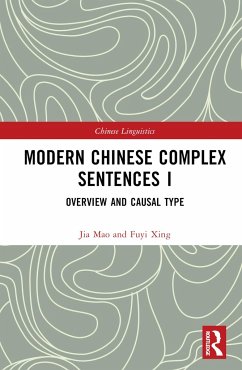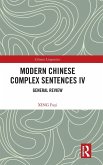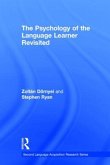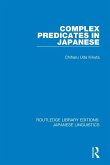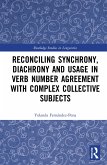This book is the first of a four-volume set on modern Chinese complex sentences, and is focused on the overall characteristics and the casual complex sentences in the language in particular. Complex sentences in modern Chinese are unique in information and meaning. The author proposes a tripartite classification of Chinese complex sentences according to the semantic relationships between the clauses, that is, coordinated, causal, and adversative. The first part of this volume defines Chinese complex sentences, introduces the properties, scope, and functions of complex sentence relationship markers, and makes detailed comparisons between the tripartite and dichotomous systems for the classification of complex sentences. The second part thoroughly investigates causal complex sentences in their eight typical forms. The book will be a useful reference for scholars and learners interested in Chinese grammar and language information processing.
Hinweis: Dieser Artikel kann nur an eine deutsche Lieferadresse ausgeliefert werden.
Hinweis: Dieser Artikel kann nur an eine deutsche Lieferadresse ausgeliefert werden.

